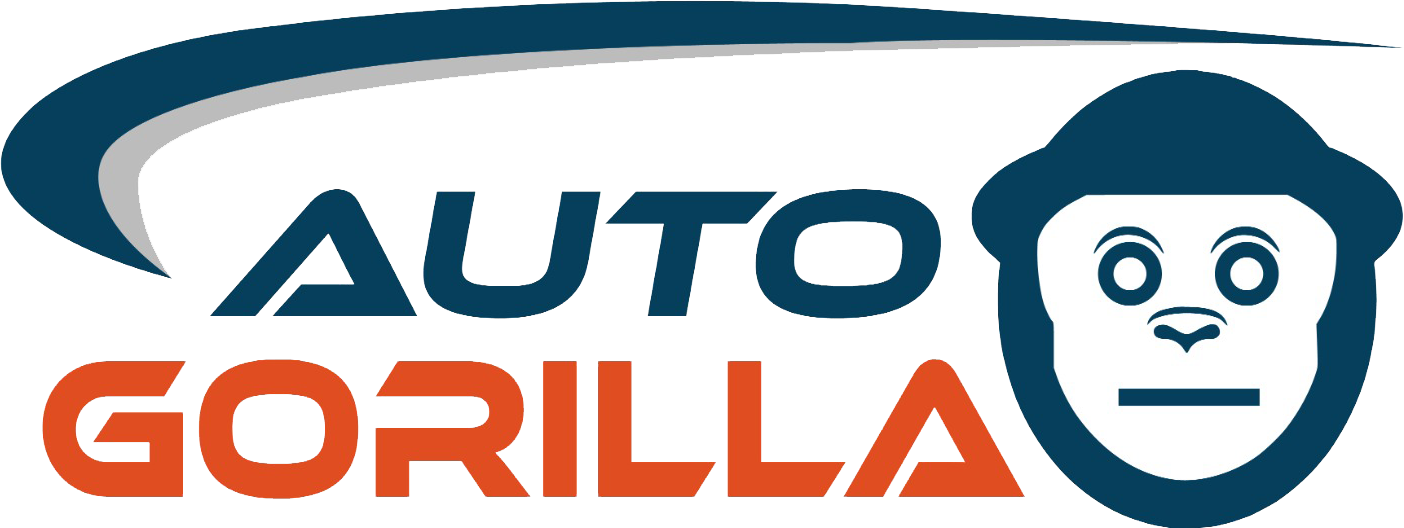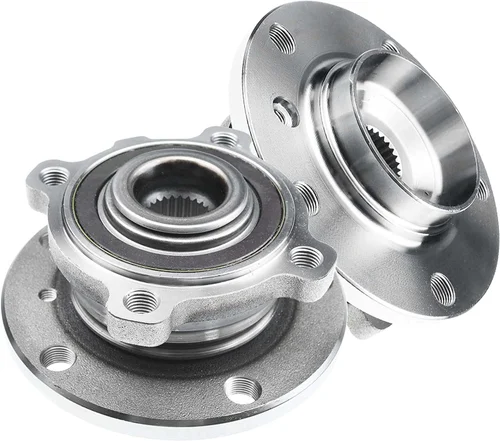Product Description:
The input shaft is mounted eccentrically to the ball bearing, causing the cycloidal disc to move in a circle. The cycloidal disc will independently rotate around the bearing as it is pushed against the ring gear. This is similar to planetary gears, and the direction of rotation is opposite to that of the input shaft.
The number of pins on the ring gear is larger than the number of pins on the cycloidal disc. This causes the cycloidal disc to rotate around the bearing faster than the input shaft is moving it around, giving an overall rotation in the direction opposing the rotation of the input shaft.
The cycloidal disc has holes that are slightly larger than the output roller pins that go inside them. The output pins will move around in the holes to achieve steady rotation of the output shaft from the wobbling movement of the cycloidal disc.
The reduction rate of the cycloidal drive is obtained from the following formula, where P means the number of the ring gear pins and L is the number of pins on the cycloidal disc.
Single stage efficiency approaches 93% and double stage approaches 86%.[2] Single stage reductions are available commercially up to 119:1 and double stage up to 7569:1
 View All
View All










